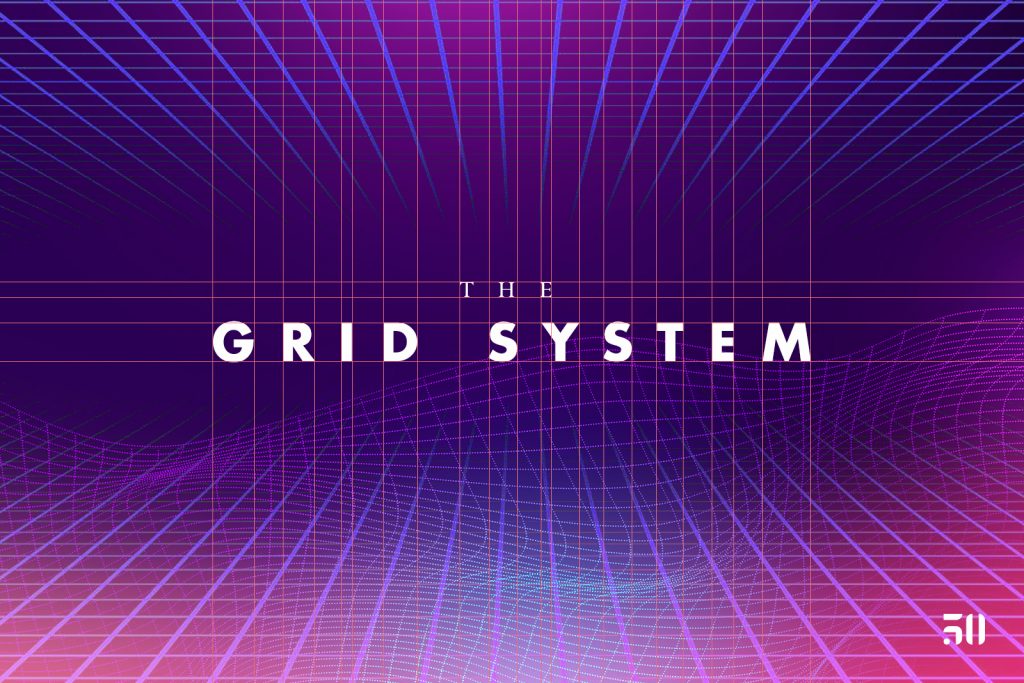
The Power Of Utilizing Grid Systems
Grids are everywhere. We see them in nature, we see them in graphic design, we see them in the very buildings we live and work in. They help us keep things ordered and structured. It quickly becomes apparent when a grid system has not been used because the outcome is typically chaotic.
Imagine a city without grids – no streets, no clear ways to get from one place to another, just a jumble of houses, huts, and buildings compiled without any type of clear structure. It would take hours upon hours to navigate through such a mess. Now, take that same city and apply the grids we’re used to seeing – city blocks, neighborhood streets, highways, business zoning and now it becomes a navigable system that is not only easy to travel but when done correctly is pleasant to the eye.
The general idea for the use of a grid system is structure and organization.
Grid Systems help to decide the outcome of your layout and are in essence a premeditated expression of design. We don’t only find them in the graphic design culture but they are evident throughout all areas of our lives. Different kinds of grid systems are widely used in economics, technology, commerce, geopolitics, food consumption, retail, distribution, transportation, religion, and even within nature. It is an algorithmic, mathematically based code structure similar to the Rubik’s cube.
Grid patterns give us practical solutions that can easily be applied to our layout methods by giving us systematic formulas for our designs. Josef Muller-Brockmann said it best, that the implications of the grid structure and its relationship to the outcomes convey concrete ideas within the communication design process. That it is a “reflection of the designer’s knowledge, ability, and mentality.” We reflect on what we see and are molded by the grid structures that we tend not to notice.
Hannah B Higgins described how the grid system emerged into modern-day planning. An old tale of the great Chicago fire to the rebuilding and reconstruction of the modern Chicago we know of today. The city was organized in modular structuring from the city layout to the floor plans within the building it contained. Whether this system was perfect or not, it is functional. The natural occurrences lead us into the development of grids for a more transformative industrial lifestyle. It is an ever-evolving system to improve any flaws in the system. As Higgins says, “once a grid is invented, it never disappears”.
Without systems, chaos prevails.
While it can be argued that a certain level of chaos is necessary for improvement and reconstruction, we believe that adding a pre-decided grid system to that same chaos can help to guide it to the outcomes we desire. Take photography for example – by applying the “rule of thirds” which is a photographic grid structure, the quality of a photo will dramatically increase simply because you have taken a more balanced photo.
Even our modern brick and mortar infrastructures will fall prey to the forces of nature without the underlying grid systems that allow them to exist in the first place. As a result, we must grasp the flaws in our systematic designs and incorporate nature into our social landscape.
The grid system helps our design process align pages and elements and brings structure through a sequence of columns and rows. We use this column-based approach to place text, images, and functions in a consistent way throughout the layouts. Every piece has its place that can be reproduced and applied elsewhere. You can see them applied in every project we take on.

